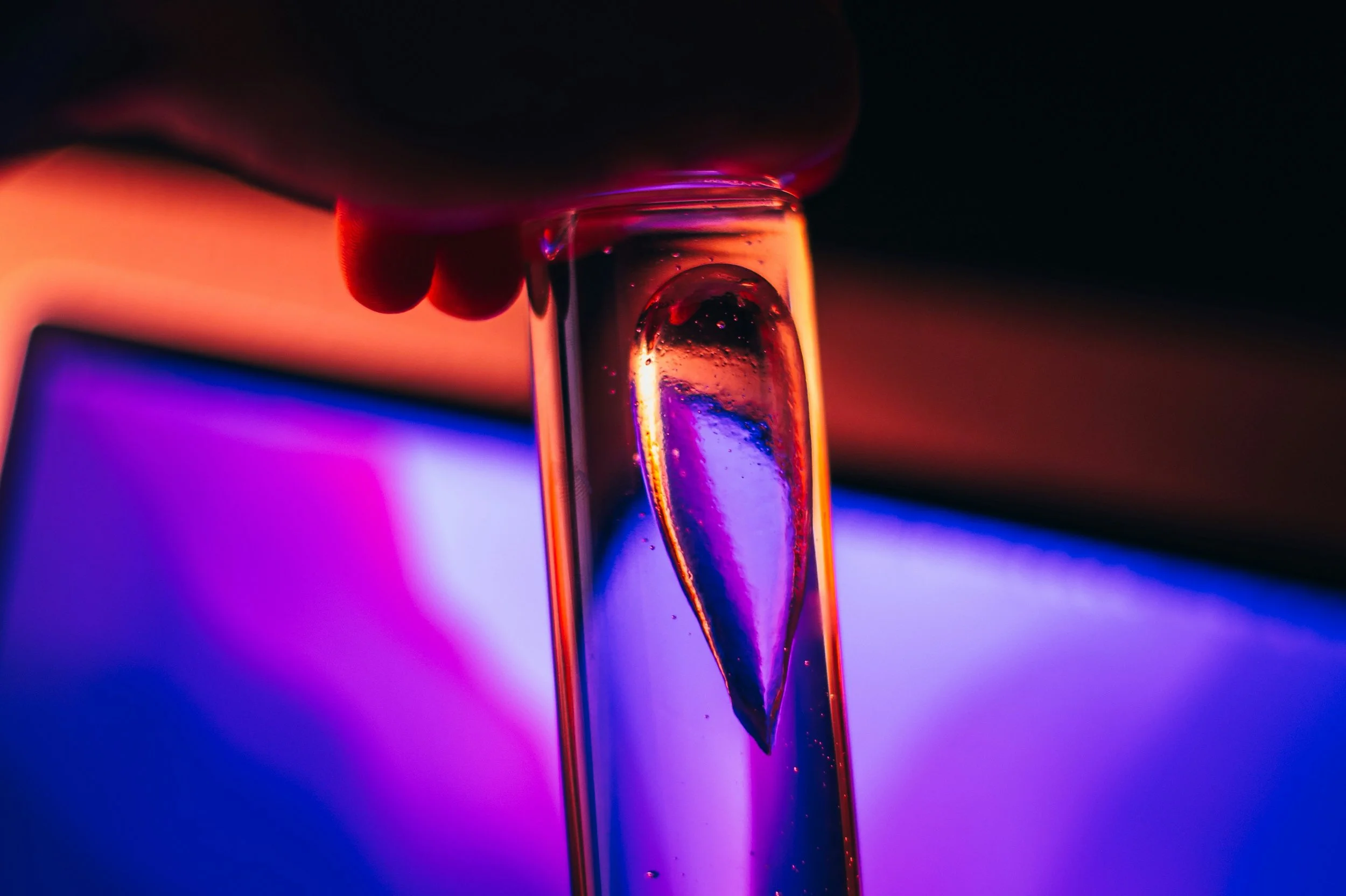Natural lubrication and getting “wet”
By Sara Twogood, MD
Let’s talks specific of the female body and physiologic changes that occur during sexual arousal.
In their groundbreaking sexual research in the 1960s, Masters and Johnsons studied female anatomy and changes that occurred during sexual arousal. Not surprising, there are loads of physiologic changes that occur with sexual arousal and sexual stimuli.
The most common non-genital changes:
The “sex flush” – this could look like an overall healthy, illuminating pink glow … or blotchy red patches on the chest. No one said sex was glamorous!
Fast heart rate
Increased blood pressure
Breathing faster (increased respiratory rate)
Sweating
Swollen breasts
Erect nipples
But what we’re really going to get into today are the genital changes.
The obvious anatomical changes:
If you’ve even looked or felt the external female genitals during sexual arousal, you’ll notice the swelling and engorgement of the labia minora (the “inner lips”) and clitoris.
The tremendous increase of blood flow to the genitals causes these changes
The labia minora can almost double in size! The tissue feels soft and full. Except the clitoris. The tissue around the clitoris may feel soft and full, but the clitoral hood stretches back to expose the clitoris and the clitoris itself is firm and erect. This is analogous to the male penis – the foreskin, if present, retracts to expose the head of the penis, and the penis becomes firm and erect from the increased blood flow.
Other changes:
The vaginal changes are not so obvious to the naked eye (but can be pretty obvious to the person experiencing them)
The walls of the vagina lubricate and lengthen.
Bartholin glands help lubricate opening of the vagina
This natural lubrication creates the feeling of getting “wet”
The extra blood flow to the genitals is key to this natural lubrication. During genital arousal, the blood vessels become more dilated to increase blood flow. Some of these blood vessels become leaky because of the pressure that has built up and this fluid transfers into the cells of the vagina, creating increased fluid that we call lubrication. The medical jargon for this lubrication is transudate and the process is called transudation. But it’s an actual turn off to say “I feel a lot of transudate” so the terms lubrication and even the slang “wet” are here to stay.
This blood flow / transudation process is why vaginal dryness and natural lubrication can decrease with age. Well estrogenized cells promote more blood flow to the genitals and estrogen in the vaginal cells helps plump them up and retain moisture. With moisturized and well estrogenized cells, transudate creation is robust. With age, estrogen decreases. For the majority of women, this decrease in estrogen make the vaginal cells dry and more atrophied, which then minimizes transudation and therefore lubrication.
Two other big reasons for natural lubrication:
Bartholin glands: these are tiny glands that secrete lubrication to the opening of the vagina. They help maintain lubrication without sexual stimuli but the process is amplified with sexual arousal. Most people only hear about Bartholin glands when they have a cyst or an abscess – here’s my most read blog article for more on this topic!
Cervical mucus and vaginal discharge. Hormonal changes affect cervical mucus and vaginal discharge at various points of the menstrual cycle. Leading up to and during ovulation, cervical and vaginal discharge is a slippery, egg-white consistency, making sexual more comfortable and potentially more enjoyable. It’s the evolutionary push to encourage sex and procreation!
Final note about natural lubrication and getting “wet”:
These physiologic changes can occur reflexively from physical touch or stimulation, even if the brain is not interpreting the touch or stimulation as pleasurable or sexual. On the converse, the brain may interpret some touch or stimulation as very sexually pleasurable but there are minimal genital physiologic changes to show for this feeling.
This discrepancy, when the brain and body do not respond in sync to sexual stimulation, is called arousal non-concordance. It’s the reason we keep drilling (into the ether at times) that female “wetness” is not analogous to male erection (female clitoral erection IS).
It’s also the reason we love lube so much – it helps sex feel good when natural lubrication is not representative of how turned on the brain and body feel. More about this next week!


